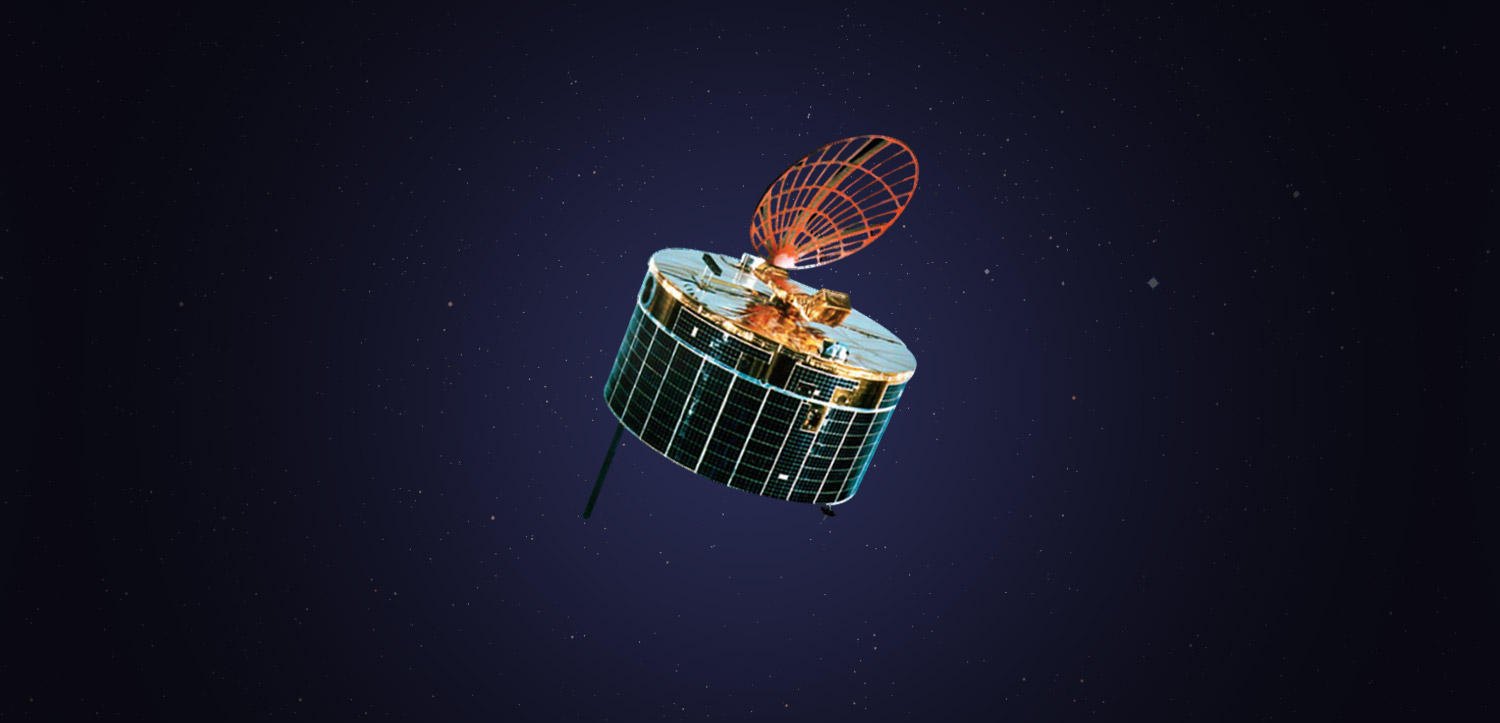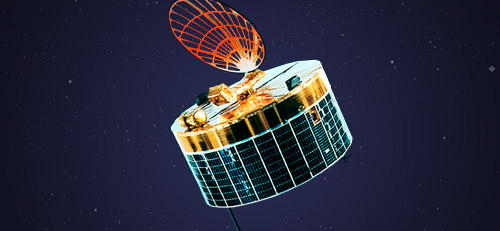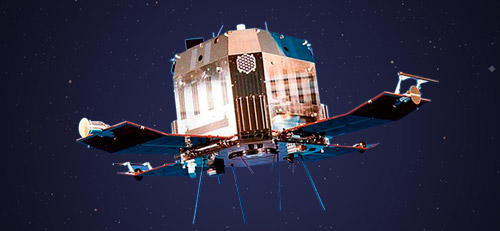| Name (pre-launch in parentheses) | SAKIGAKE (MS-T5) |
|---|---|
| International Designation code | 1985-001A |
| Objectives | Verification of rocket's flight performance, orbit in interplanetary space of test explorer for the first time in Japan, planning and determination of orbit in interplanetary space necessary for launch into heliocentric orbit, ultra-far distance communications, control and determination of altitude, etc. |
| Launch Date | 04:26, January 8, 1985 (JST) |
| Launch Location | Kagoshima Space Center (Uchinoura) |
| Launch Vehicle | M-3SII-1 |
| Weight | 138kg |
| Shape | Cylinder with an antenna on the top of body 1.4 m diameter, 70 cm high |
| Type of orbit | Heliocentric |
| Orbital Period | Approx. 319 days |
| Scientific Instruments | 1.Solar wind ion monitor (SOW) 2.Plasma wave monitor (PWP) 3.Magnetometer for solar wind and interplanetary space (IMF) |
| End of Operation | January 7, 1999 |
| Operation | Usuda Deep Space Center received the first pass radio wave at 09:55 on January 8 (JST). Checks on deep-space exploration technologies were then implemented smoothly, including health check of onboard instruments, ranging, orbital determination, orbital control, orbital adjustment, etc. On February 19 and 20, the antennas and boom for observation instruments were deployed and high-voltage power was switched on without incident. |
| Results | The results included: discovery of existence of solar magnetic field’s neutral plane; discovery of clues for research on the relationship between solar-wind disturbance and earth's magnetic storm; observation of solar wind and magnetic field; observation of solar-wind magnetic field and plasma activities near Halley's comet at its closest approach; observation of solar-wind plasma wave, etc. SAKIGAKE continued observing solar-wind plasma wave for 14 years until it ceased operation in 1999. |



